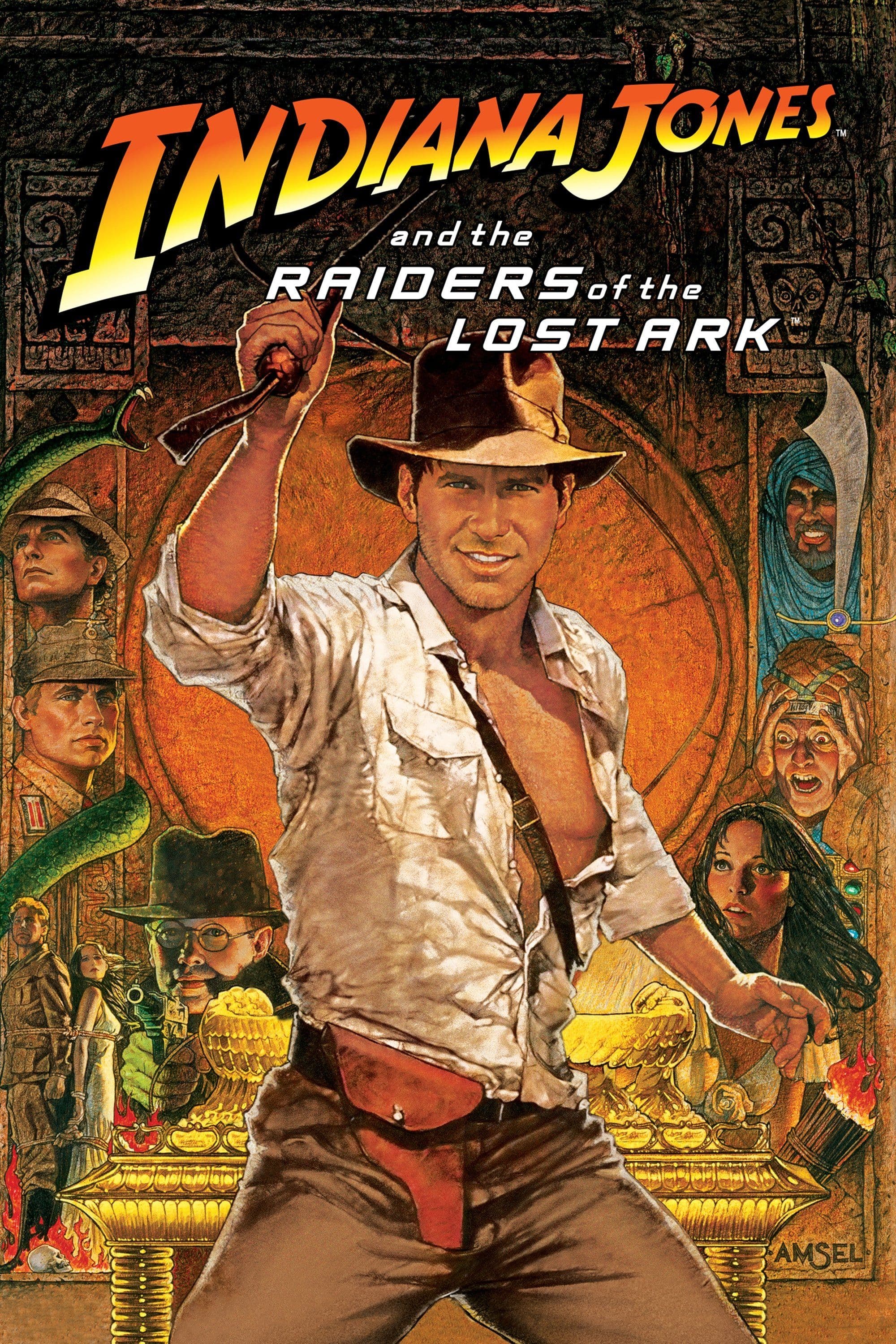
Raiders of the Lost Ark
1981
Rate this movie
Average: 0.00 / 5
(0 votes)
Director
Steven Spielberg, a master storyteller, conceived a new genre of action film while simultaneously forging a new type of character who rapidly entered the collective imagination to become deeply entrenched there. The echo of Duel and Jaws was already a harbinger of unparalleled narrative mastery, but with Raiders of the Lost Ark, Spielberg and his associate George Lucas did not merely replicate success: they carved an archetype. They drew heavily from the imagery of old adventure serials from the 1930s and 40s – from Flash Gordon to the roughest Westerns – but infused them with a sophisticated modern sensibility, a dizzying pace, and a technical mastery that elevated pulp to a cinematic art form.
The character in question is naturally Indiana Jones, an American archaeologist from the 1940s, with a passion for recovering ancient artifacts lost in the maelstrom of time. This figure, embodied with disarming charisma by Harrison Ford, is a brilliant fusion: by day a mild-mannered, dust-covered university professor, by night a daring adventurer with whip and fedora, thrust into exotic scenarios and mortal dangers. Indy is not the impeccable James Bond, but a dirty, sweaty, often battered and vulnerable hero, whose humanity and stubborn resilience make him infinitely more relatable. His nature as a scholar clashing with the violence of the outside world creates a comic and dramatic tension that is the beating heart of his identity.
The tone of the story is a perfect cocktail of ironic comedy and action film. This explosive mixture is managed with almost alchemical precision, where the humor never undermines the stakes, but rather enhances them, making the characters more relatable and the situations more vivid. It is a subtle balance between the joyous celebration of escapist adventure and a conscious self-irony that prevents any excessive rhetoric. The film welcomes the audience into a universe where danger is palpable but audacity and ingenuity can still prevail, all seasoned with an irresistible lightness.
The plot sees Professor Jones embroiled in a Nazi scheme to seize the Ark of the Covenant, the acacia wood chest commissioned to Moses by God himself. The use of Nazis as primary antagonists is not just a convenient narrative choice; it draws upon a deep well of historical and cinematic memory, positioning evil in a recognizable and unequivocal context, thus allowing Indiana's heroism to shine without moral ambiguity. The Ark, a perfect MacGuffin, is not merely a pretext for the action; it symbolizes human greed and blind ambition that dares to profane the sacred for profane purposes, a recurring theme in Spielberg's filmography.
The artifact is said to possess tremendous powers just by being uttered, and in the film it becomes a kind of mystical superweapon that Hitler intends to use for his sinister conquest aims. This fusion of history, myth, and supernatural horror is the true genius of the premise. The film is not afraid to transcend realism, culminating in an ending where cosmic horror and divine retribution manifest with devastating visual power, reaffirming the warning against impiety and hubris. The final sequences, in particular, with faces melting and souls flying away, are a tour de force of practical effects and a decisive shift towards the horror genre that still surprises today with its audacity.
But they hadn't reckoned with Indy. The common man, the archaeologist armed only with his intelligence, his whip, and a pistol, stands as a bulwark against an entire military machine and an evil that transcends human understanding. It is an uneven fight, but one that precisely exalts the protagonist's determination and innate integrity, his ability to improvise and resist, not so much for an abstract ideal as for a deep, almost visceral, aversion to the appropriation and distortion of ancient knowledge for evil ends.
A work that is in fact a celebration of fantasy, of adventure in its most glorious dimension, but with veins of irony that verge on the most irreverent parody (famous is the scene of the duel between Indy and an Arab with a scimitar who approaches him in the Cairo Souk and who, after an elaborate introduction twirling his great sword, is instantly killed with a pistol shot by an almost distracted Indy). This sequence, born from an improvisation by Harrison Ford, who was suffering from food poisoning that prevented him from filming a long combat scene, is emblematic of the film's intelligence: not only is it hilarious, but it ingeniously subverts genre expectations, demonstrating that the pragmatic and weary hero does not care about the spectacle of a duel when there is a quicker and more efficient solution. It is a moment of comedic genius that reveals much about Indy's character and the film's vision, a true manifesto against overly complex choreographies in favor of a more brutal and immediate logic.
With Raiders of the Lost Ark, one thus savors anew the exotic taste of adventurous travel, of the wonderful discovery of History's Treasures, of secrets buried by time and human neglect. John Williams, with his epic and unmistakable score, elevates every scene, from Indy's iconic theme to the most mysterious and exotic atmospheres, right up to moments of pure terror. Douglas Slocombe's cinematography wraps the film in an old-film patina, with golden lights and deep shadows, bestowing a timeless aesthetic. Spielberg's artisanal mastery and narrative ingenuity not only revived a genre but defined the modern blockbuster, demonstrating that an entertainment film can be simultaneously sophisticated, intelligent, and deeply resonant, leaving an indelible mark on popular culture and generations to come. It is a work that, more than forty years after its release, continues to shine like a precious and irreplaceable artifact.
Country
Gallery

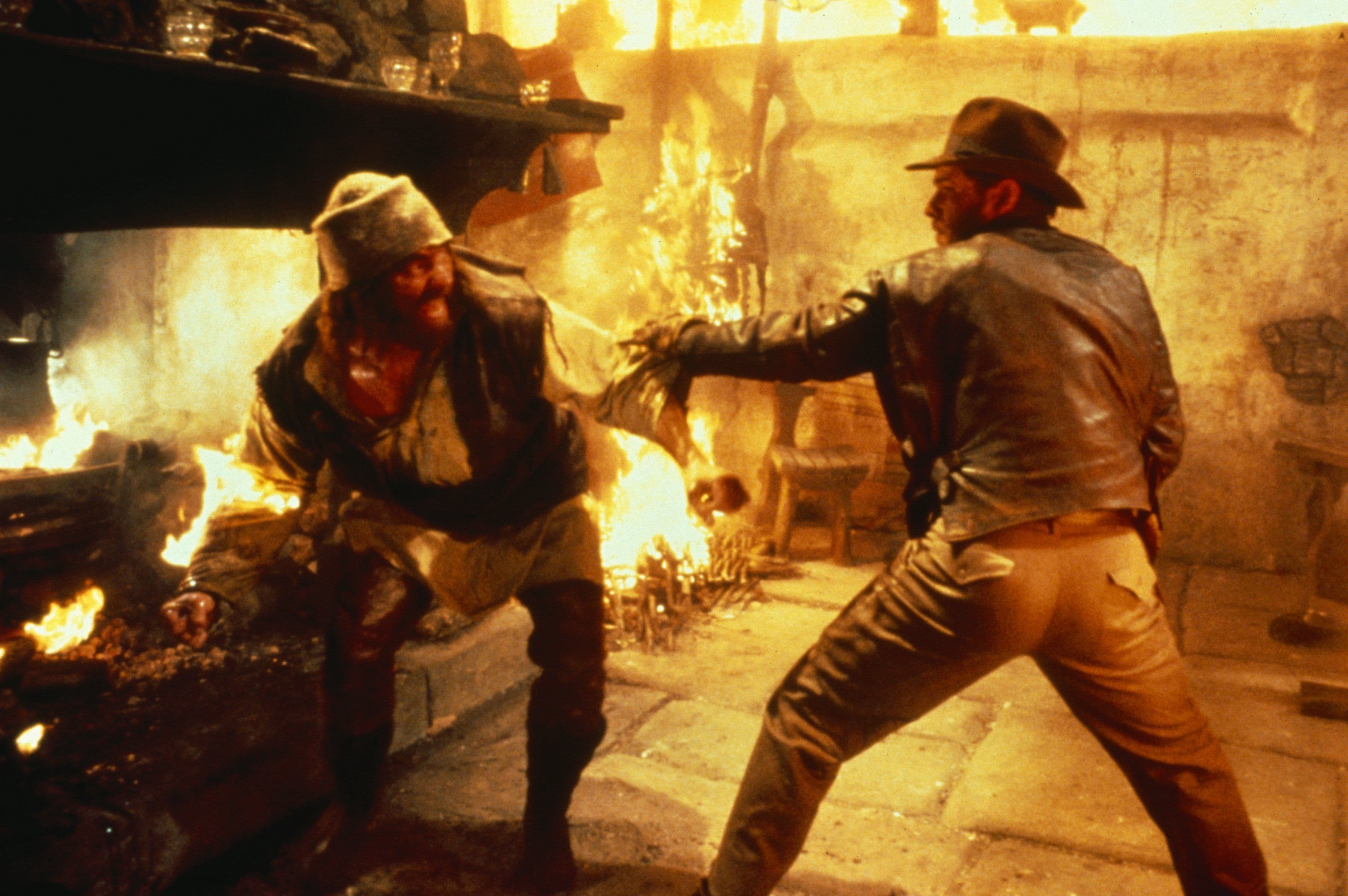
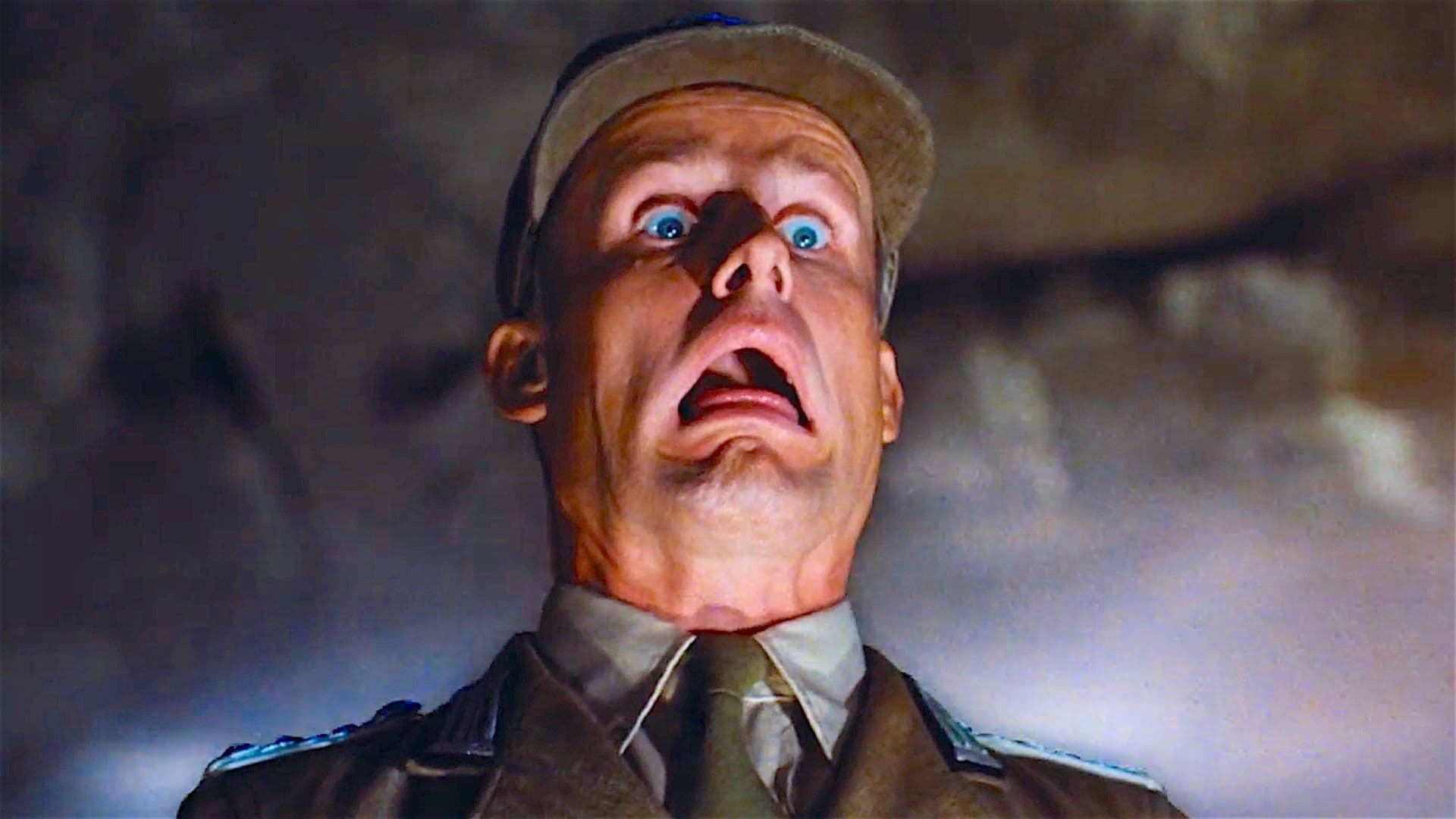
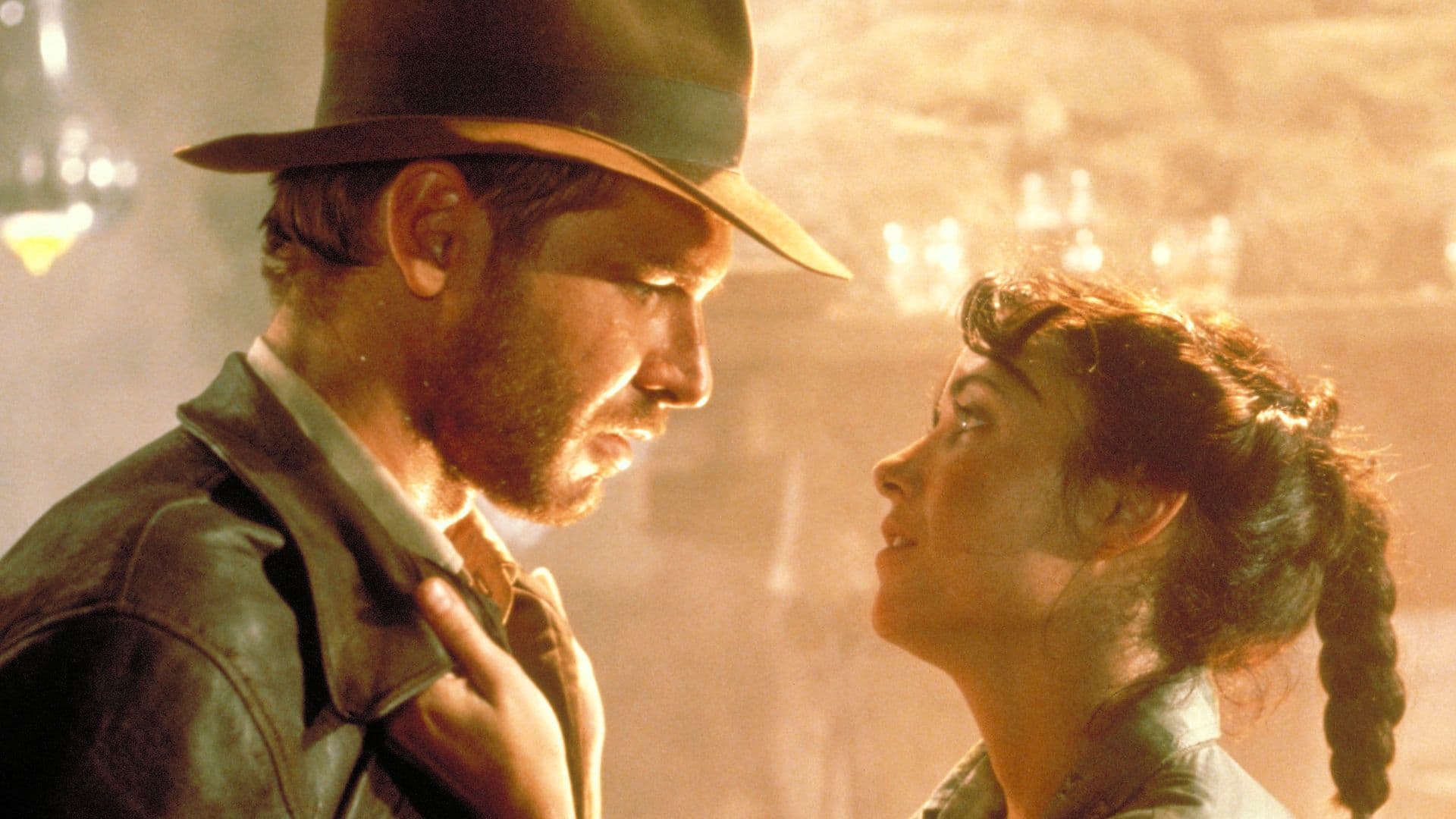

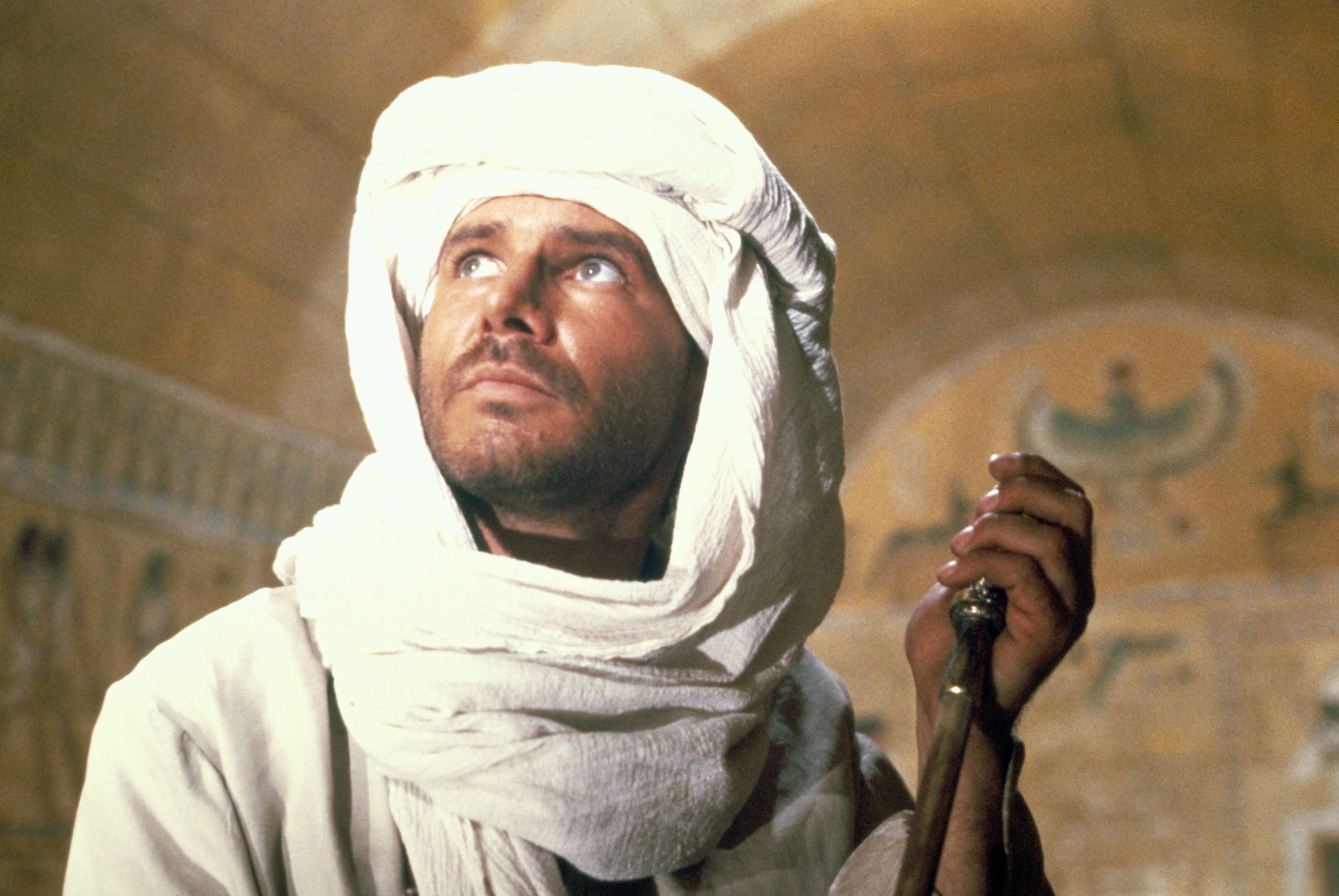

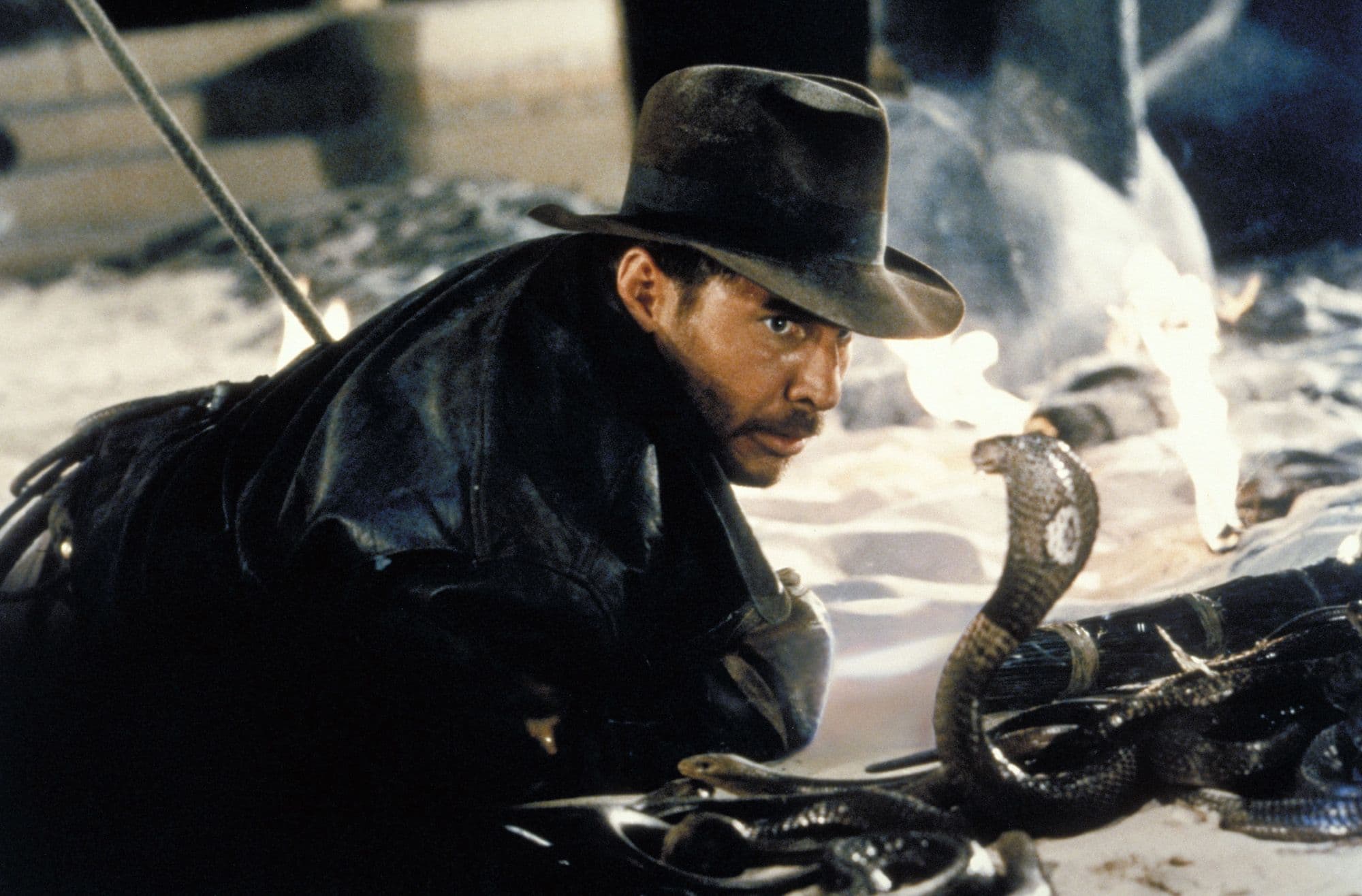
Comments
Loading comments...